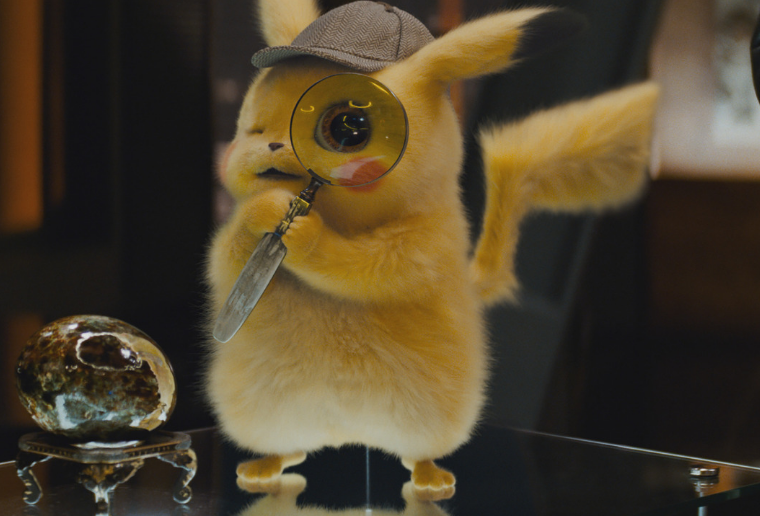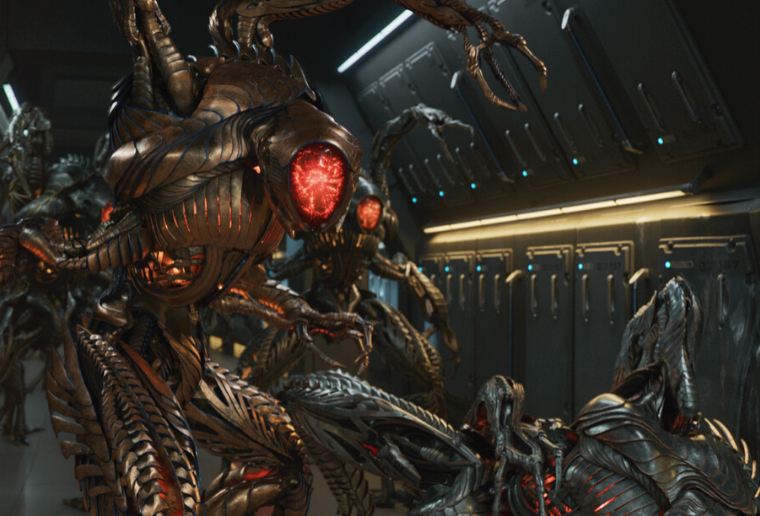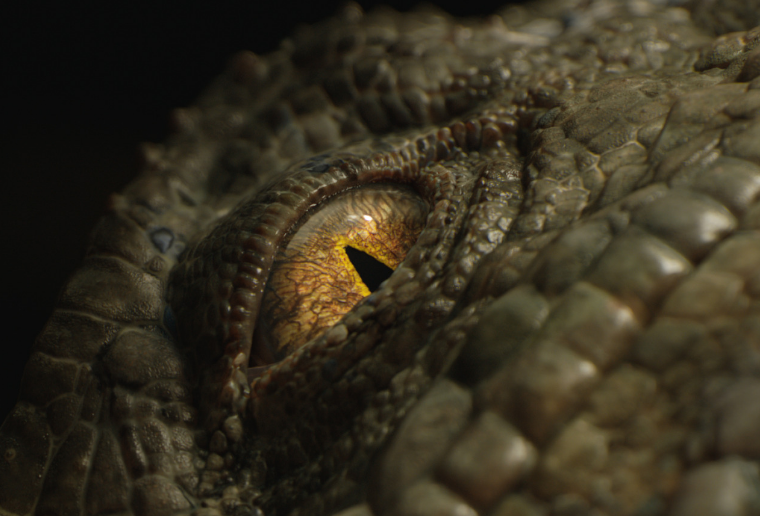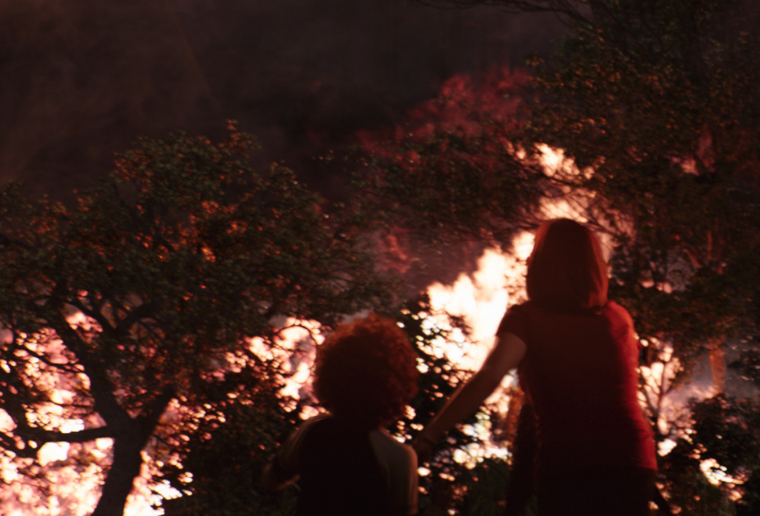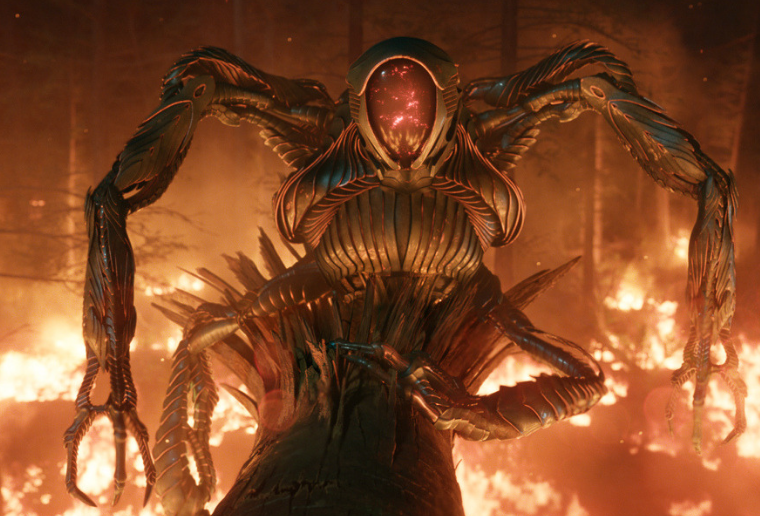Skyscraper Case Study
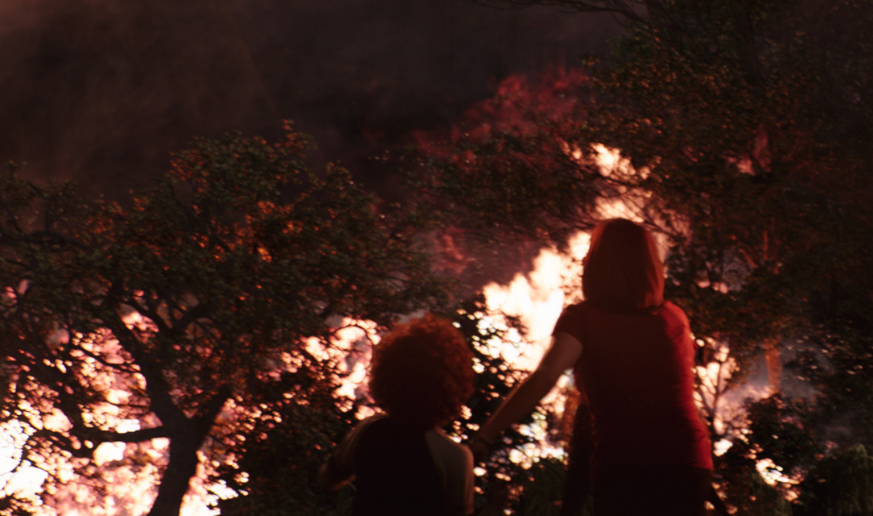
Case Study
Acrophobia and pyrophobia: Image Engine pumps up the tension to Dwayne Johnson bicep proportions for Die-Hard-meets-The-Towering-Inferno summer blockbuster, Skyscraper. Read on to learn how the studio closely collaborated with ILM and others to immerse audiences in the the years biggest – and tallest – action-adventure spectacle.
Movies don’t come much bigger than Dwayne Johnson blockbusters – with regards to both action spectacle and the size of the leading man himself. Skyscraper adds another dimension to The Rock-starring action-adventure epic: it’s pretty tall too.
Skyscraper sees former FBI agent and amputee Will Sawyer relocate with his family to the highest and supposedly “safest” building in Hong Kong. Known as “The Pearl”, the titular skyscraper is a seeming utopia, opulently stretching above the urban Chinese sprawl and housing its own self-contained paradisiacal society. However, The Rock smells trouble cookin’ and, true to his belief, the building, Sawyer’s family, and his own reputation come under threat from a team of terrorists.
Image Engine came onto the Skyscraper project towards its final stages, contributing to 178 shots across three key sequences. The team immediately dived into action, delivering a plenitude of fire effects, vertiginous action sequences, and CG set extensions designed to augment Dwayne Johnson’s battle through The Pearl’s flaming heights.
Cabin in the woods
Skyscraper opens with Sawyer’s crack SWAT team creeping through a snow-laden woodland towards a remote cabin, wherein a criminal has imprisoned a family of hostages. Within moments the elite squad will use a shape charge to blow a hole in the side of the wall – the catalyst for a series of events that will see Sawyer lose his leg and adopt a prosthetic for the remainder of the film.
Image Engine’s task was to communicate a serene backcountry feel, before upping the tempo with the first of the movie’s many explosive effects.
First, Image Engine created slowly drifting snow, which floats past the encroaching FBI agents as they skilfully descend upon their unwitting target.
“This sequence was originally shot on stage, so we needed to add in all of the digital snow, which would communicate the ‘calm before the storm’ feel,” says Bernie Kimbacher, VFX supervisor on Skyscraper. “It was 2D-heavy work, including the addition of digital matte paintings to complement the drifting snow. We really needed to dial in the way it moved and fluttered down around the characters.”
The silence of this placid scene is soon shattered by the explosive device attached to the cabin. On set, part of the cabin wall was already removed and shattered, with a real charge inside of the structure that blew out practical dust elements.
“We replaced the missing wall with a CG section, so it looked intact when the charge was placed upon it,” explains Kimbacher. “We then added in an FX explosion, along with wall pieces and debris that flies out following the detonation. It sets the tone for what’s to come!”
Enhancing acrophobia
Sawyer goes on to lose his leg in a second explosion; is operated upon by a naval surgeon, Sarah, who later becomes his wife and the mother of his children; and then takes up a post at a high-end security company contracted to perform an audit on the nacreous Pearl: a supposedly safe haven for the world’s 1%.
As with any action movie worth its salt, the structure turns out to be anything but safe, with the skyscraper coming under attack from a squad of tactical terrorists whom Sawyer must avoid or eliminate. One catastrophe follows another, and Sawyer is eventually compelled to – in true Dwayne Johnson style – climb outside of the Pearl, rappel down the side of the neon-stripped building, and swing into a room through a turbine; all with the glistening Hong Kong landscape stretching into the precipitous distance below.
“It wouldn’t be the same movie if he just took an elevator went and flipped the switch,” laughs Geoff Anderson, VFX producer on Skyscraper. “We needed to create a sense of acrophobia, and that meant convincing the viewer that they were up high with Sawyer on the edge of this building – not acting on a soundstage.”
Dwayne Johnson was shot on set against a sheet of glass, from which the Image Engine team could extract reflections for use in the final constructed shot. “We ended up replacing the entire Hong Kong background and sky with CG elements as Sawyer creeps across the side of the Pearl,” says Kimbacher. “Most of the plate photography took place across large, green screen blocks, which we replaced with the narratively appropriate surrounding environments. We did a lot of reframing to communicate the danger of the situation, showing Sawyer to be a small figure against the monolith of this towering CG skyscraper. It gives everything a great sense of scale.”

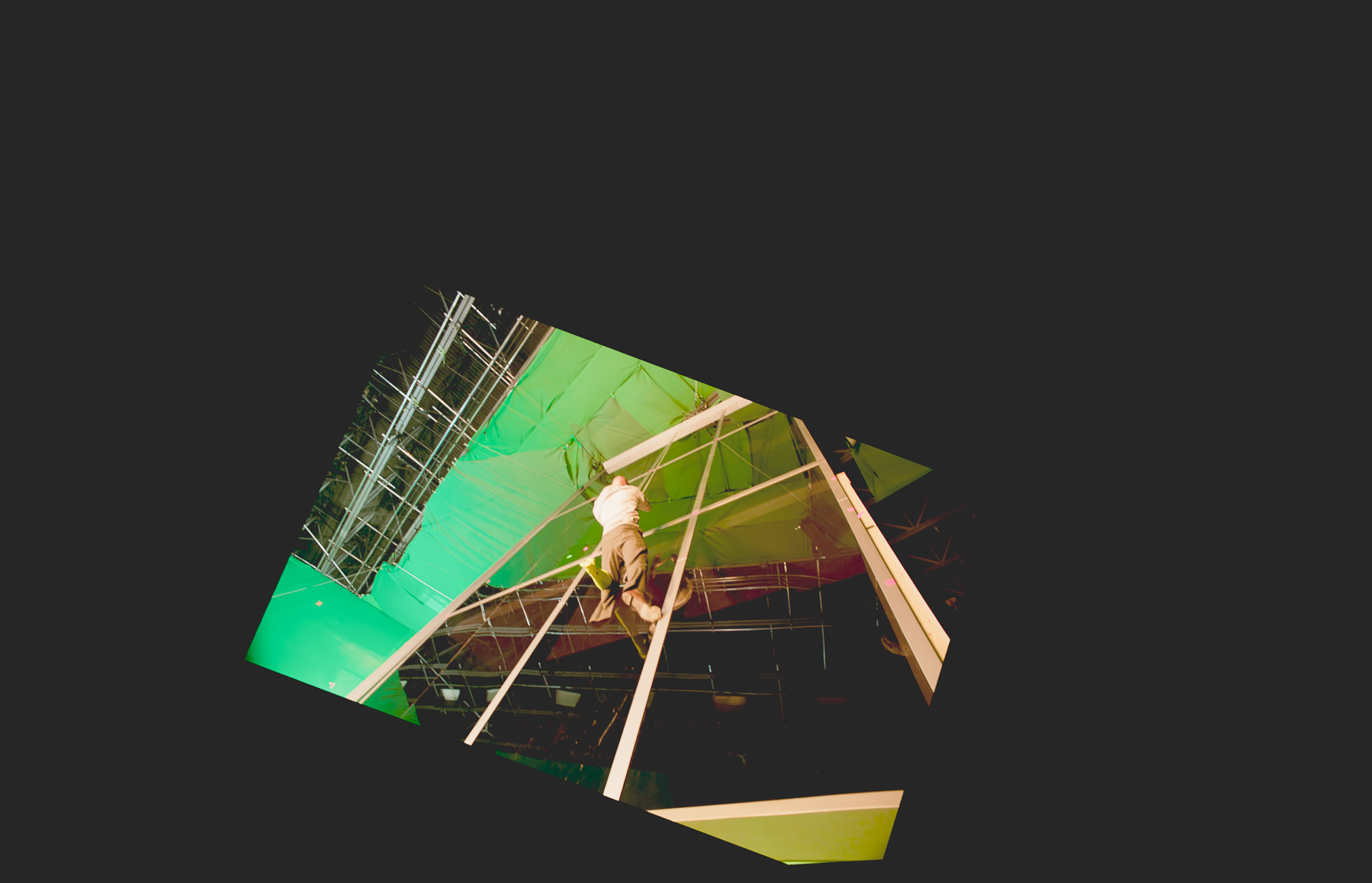
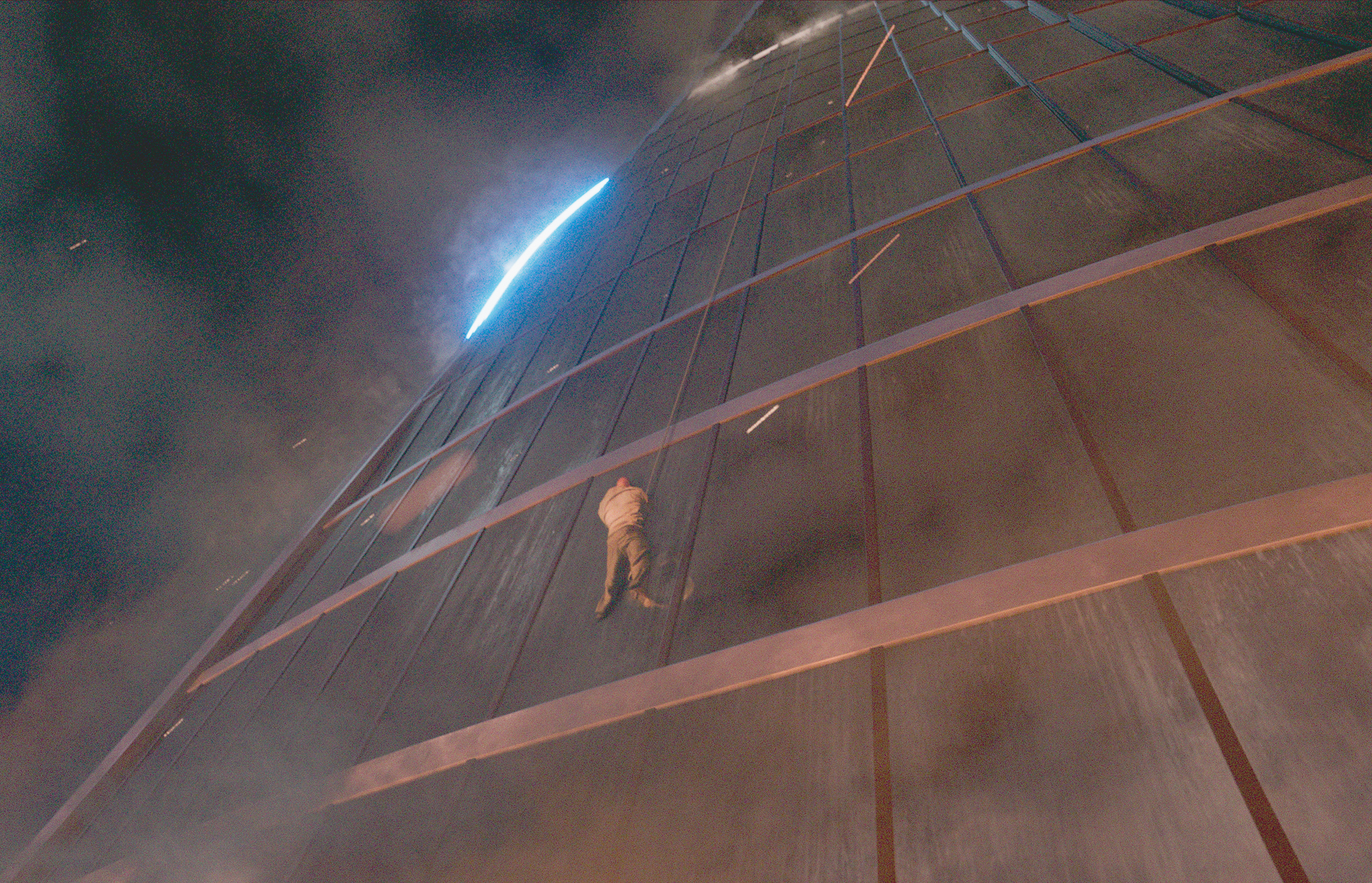
Next, Image Engine added a plethora of FX elements, including the fire burning on the floors below Sawyer and the smoke and embers rising from it. The team also digitally removed Sawyer’s amputated leg and added CGI trousers, working off of plate photography in which Dwayne Johnson wore a green sock. The team also worked on some full-CG shots, such as that of a sconce breaking off of the wall as Sawyer rappels below.
Conjuring a sense of vertigo within viewers was one of the more challenging aspects of the sequence, however. “Vertigo and acrophobia are all about how you perceive depth, so we gave this sequence a very deep depth of field,” says Kimbacher. “Beyond that we used subtle camera tricks and 2D repositioning to add a little more to the scene, such as camera shakes that suggest the wind is blowing the camera around. We also played with the fire and embers, positioning these elements in such a way as to communicate to the audience that what they’re seeing is incredibly high.”
Working as one
Image Engine shared this sequence – and several others – with ILM and Iloura, necessitating a symbiotic relationship and communication on a near-daily basis.
“It was very much a back-and-forth between the other studios and ourselves,” explains Anderson. “ILM built many of the main assets, but we would be looking in closer detail at specific angles of those objects, meaning we would have to uprez them for the shot in question. In doing that we had to make sure we were maintaining the visual consistency of the assets, with some sequences cutting from an Image Engine shot, to an ILM shot, and back to us.”
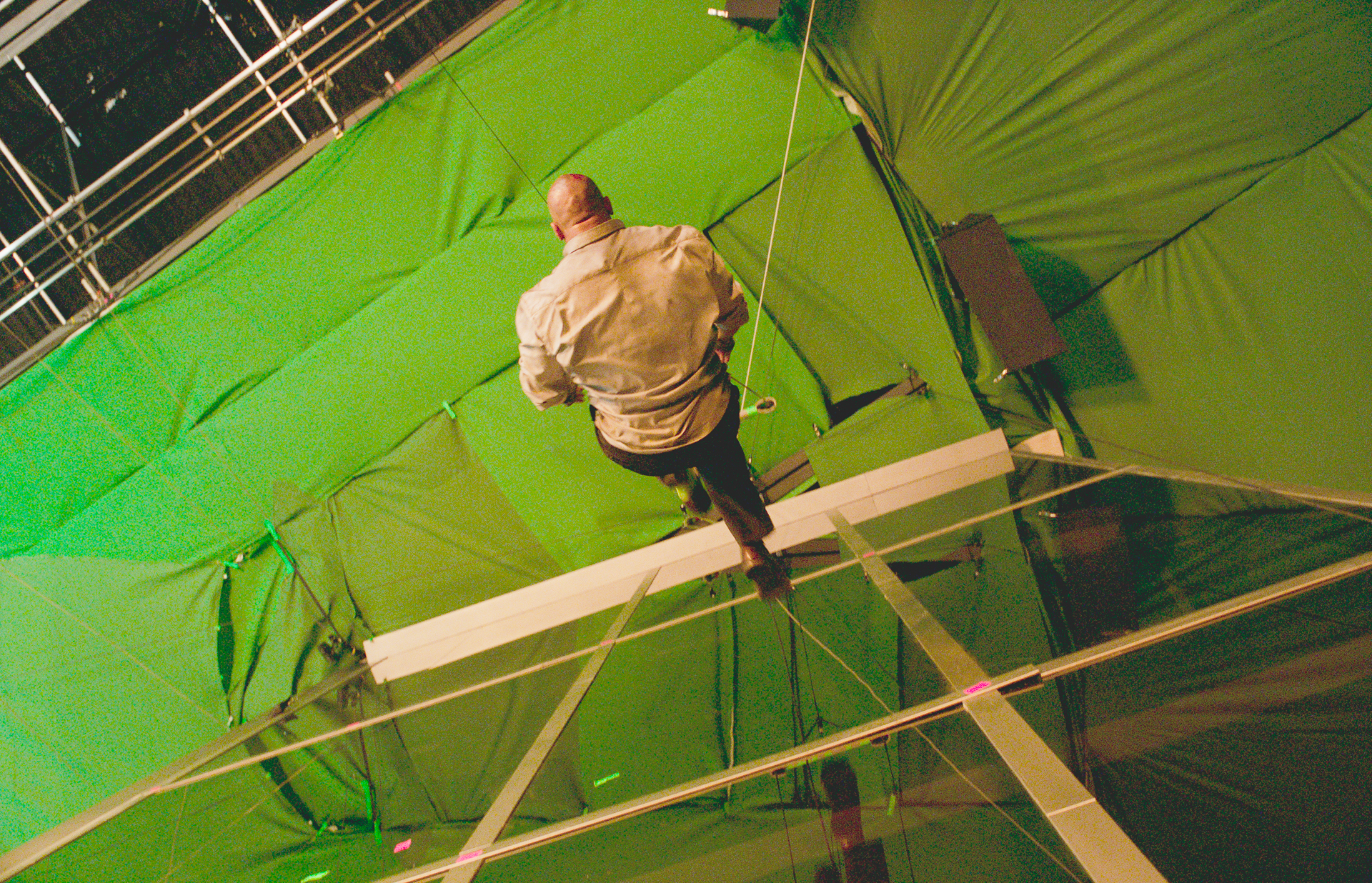
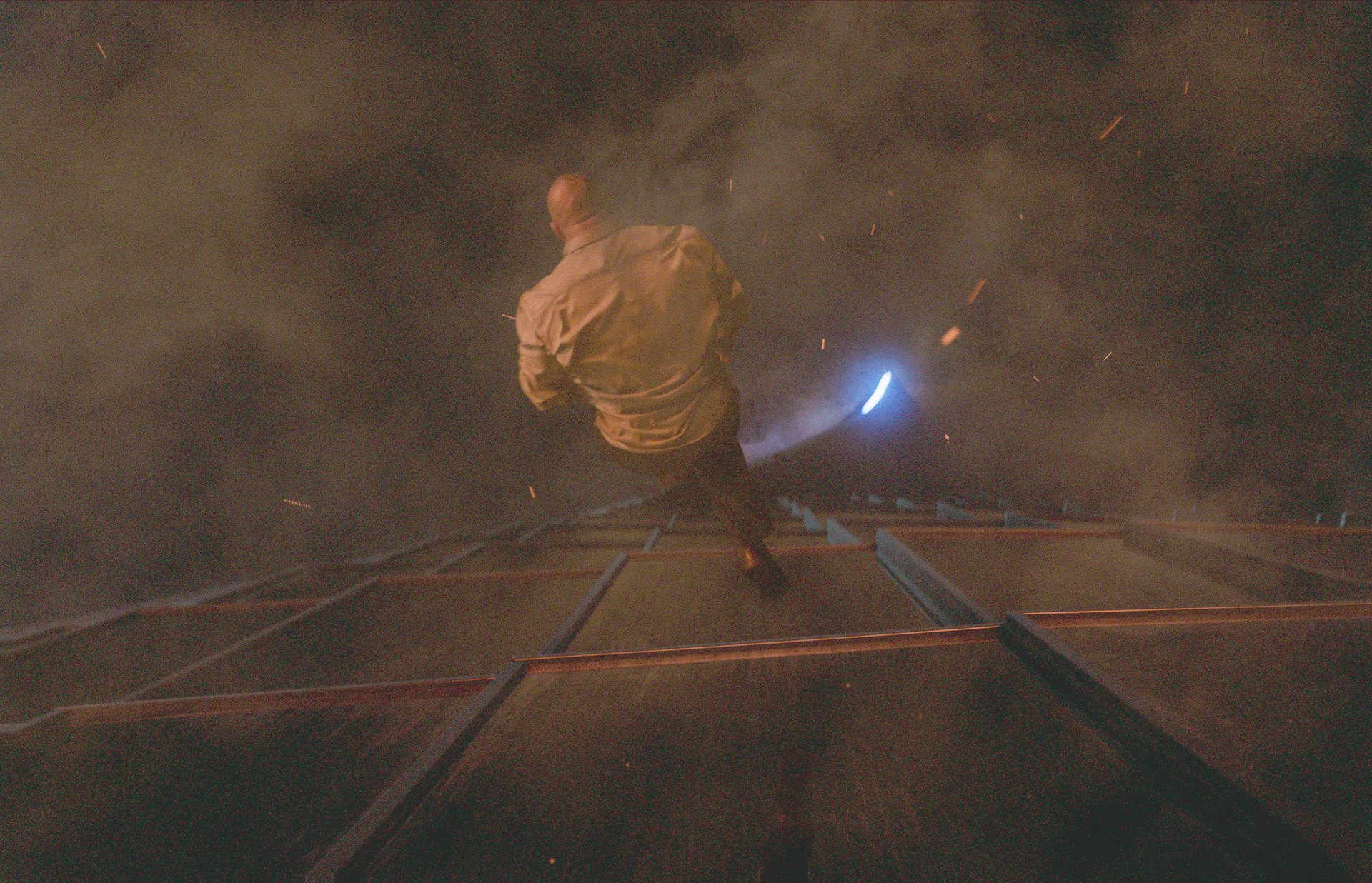
This need for consistency also applied to the flames licking up the side of The Pearl. “ILM had a lot of hero fire shots, with some witnessed from the perspective of a helicopter, while we were working on shots from the spectators on the ground, where it was more about the smoke being lit up by the fire,” says Kimbacher. “The challenge here was in matching what we did with the work of ILM: our work needed to be narratively consistent with theirs.”
Continual communication was pivotal in ensuring that audiences were never jolted out of the experience by an inconsistency. “We needed to be extremely efficient, but thankfully our pipeline enables us to do that. We could make changes quickly and efficiently, whenever necessary; all in service of creating a fantastic, exciting sequence that places viewers alongside Sawyer on the outside of that skyscraper.”
Burning bridges
Later, Sawyer and family are trapped inside the Pearl Tower, pursued by both the attacking terrorists and the all-engulfing flames as they run through the structure’s Jade Park – a series of floors containing once-beautiful foliage now enveloped in the encroaching inferno.
Image Engine was responsible for the original breach of the flames, nicknamed “the fire snakes”: tendrils of red-hot blaze that burst through the silhouette of the parks’ trees. On set, Neve Campbell reacted to flickering lights and a blue screen background. Image Engine replaced this with the full-CG fire asset, which furiously bursts from the ground and sprays jets of fire across the screen.
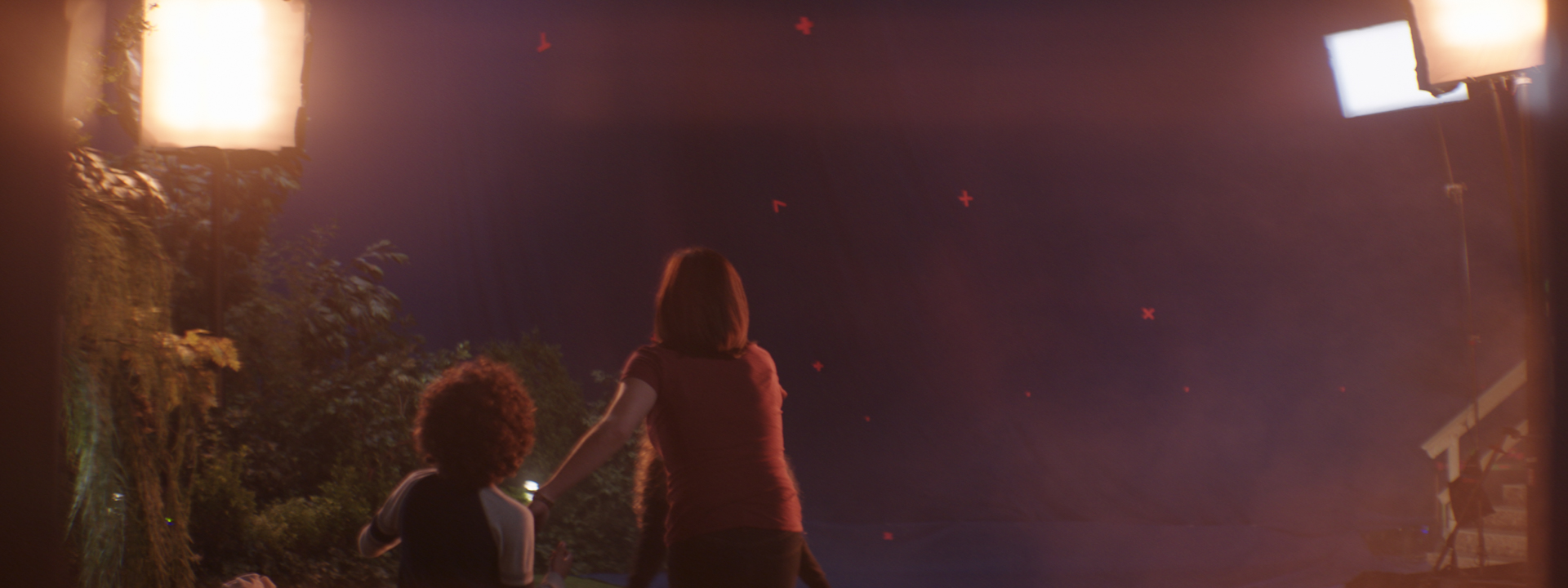
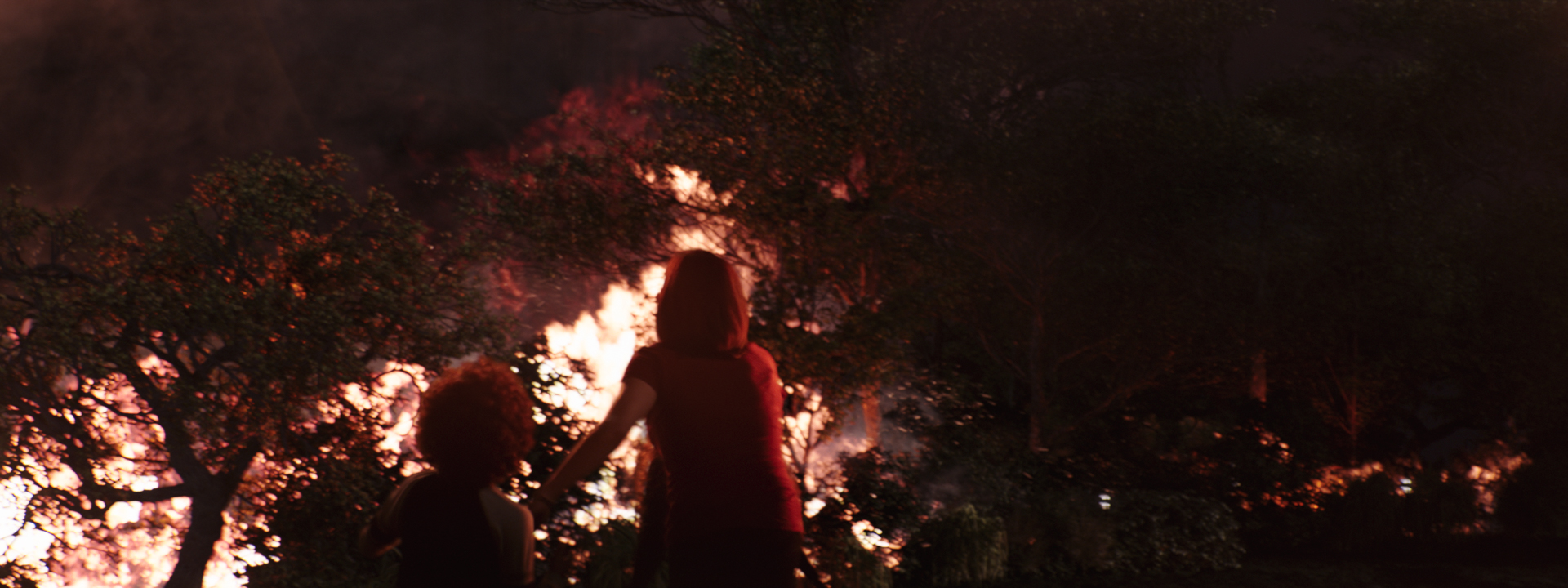
“This was probably our biggest digital shot – we spent a lot of time making the elements come together, from the digital fire and trees to the DMP work that surrounds them,” says Kimbacher. “The fire had to look dangerous to make the scene work, while also not completely taking over. It took a bit of fine-tuning across all elements to get that to work, but in the end we locked in a look that made the fire insistently dangerous without going beyond the realms of reality. The more authentic it was, the more intense it felt, after all.”
The conflagration remain hot at the heels of Sawyer and family as it chases them up The Pearl’s many floors, working its way from one storey to the next. As the sequence progresses, Sawyer finds himself separated from his family as a sky bridge collapses under the structural damage caused by the raging inferno.
Here, Image Engine’s team worked to create the surging flames and added to the on set elements with a variety of 2.5D fire assets.
“We worked to increase the pressing element of danger – we wanted to get the audience to feel that inferno of trees in the theater,” says Kimbacher. “It ended up being a combination of asset work and digital matte painting work, as we extended the set in the background as we also added fire to it. On top of that we added smoke, embers and a heat haze, and then did some heavy grading and really pushed the colours, emphasising the ferocity of the blaze surging below the protagonists.”
Once again, Image Engine shared the sequence with ILM and Iloura, with shots cutting between work produced across the three separate facilities. As with the previous sequence, the studios kept in constant communication, ensuring that no one asset looked out of place, and that the final edit felt smooth and consistent from start of sequence to end.
Reaching the summit
Skyscraper presented a technical challenge in more ways than one. Not only did Image Engine need to instil a sense of vertigo in viewers and make them feel the heat of a surging blaze, but needed to do so while considering the work of other facilities in the context of their own shots. Consistency and efficiency were the key driving factors in making the project come off without a hitch.
“We had to maximize our productivity and efficiency on this show,” says Anderson. “Working in 2D for many of the shots certainly helped with that, as it streamlined the process and reduced the amount of variables involved.
“Nevertheless, sharing sequences with other vendors meant that close collaboration was an absolute must. Thankfully, with our pipeline in place we were primed to execute and edit work at speed, empowering us to take on 178 shots within the eight-week period. We were totally comfortable with executing within the time we had to the quality that was required.
“Overall it was a really great experience,” concludes Kimbacher. “We had the opportunity to meet the director, and it was a total pleasure collaborating with the other studios involved. It was a real team effort – the results of which have made the Image Engine team very proud indeed.”


